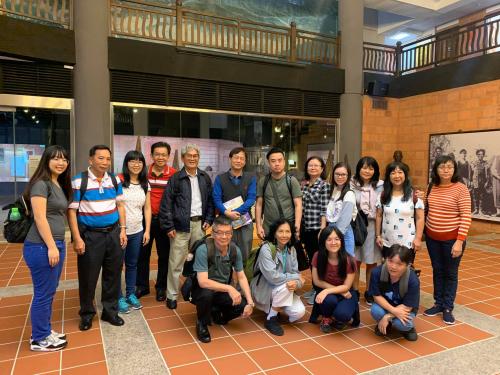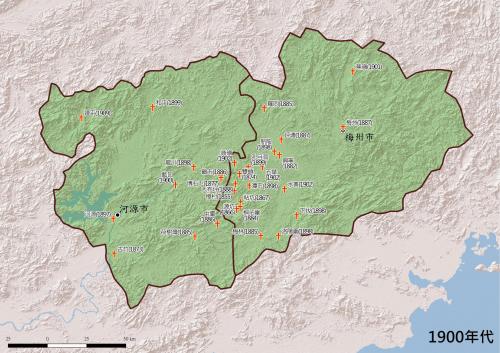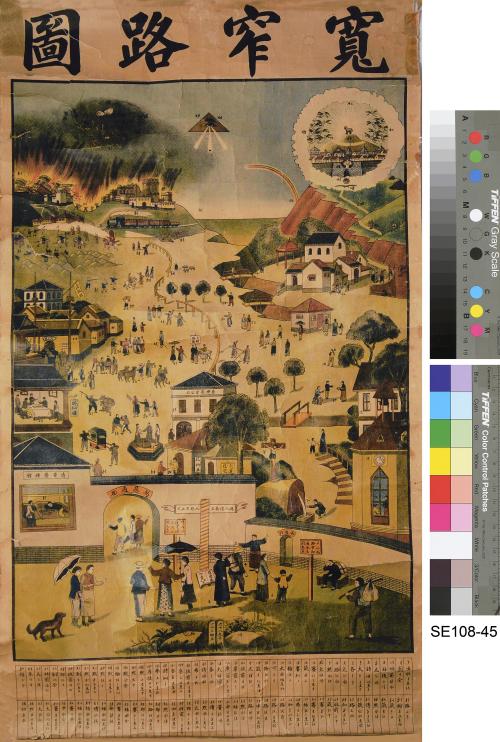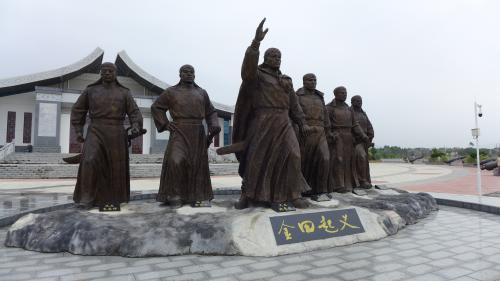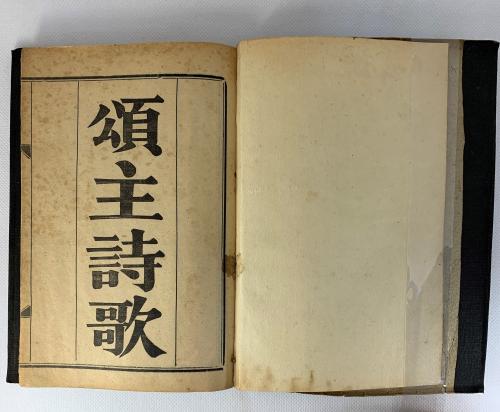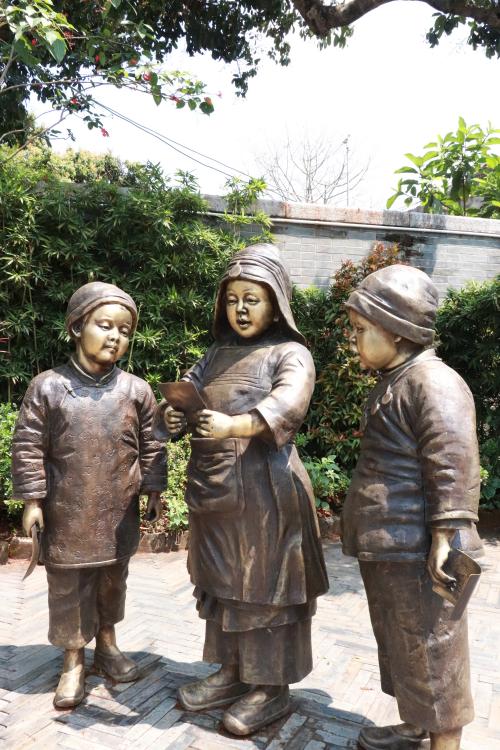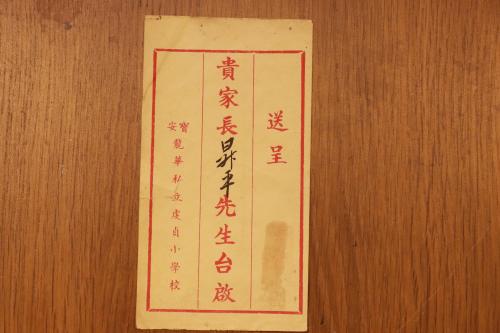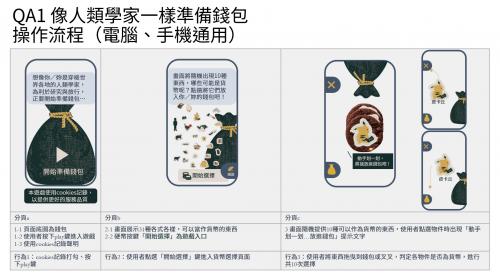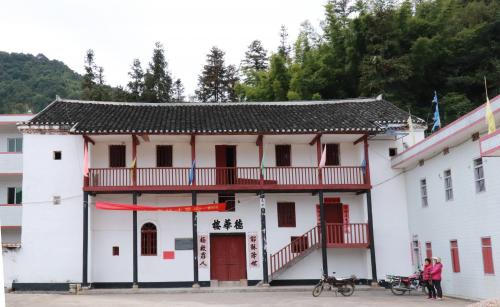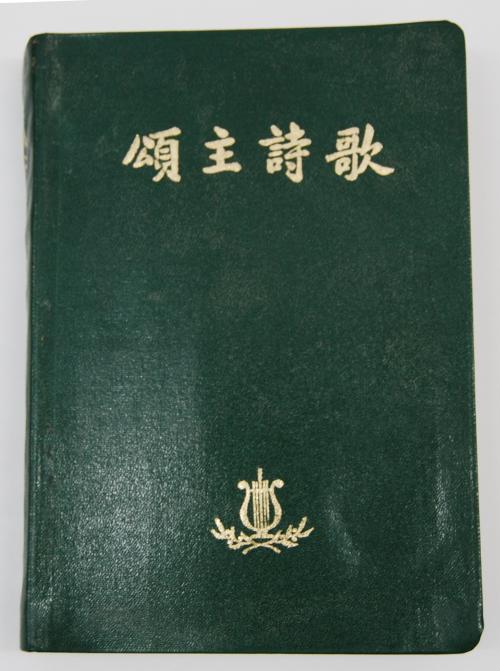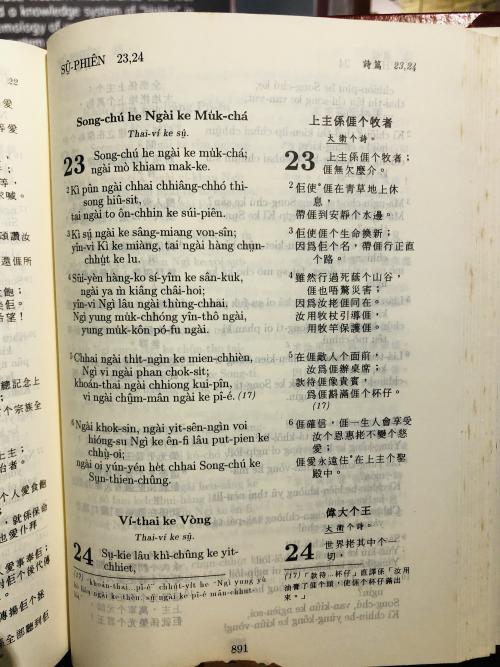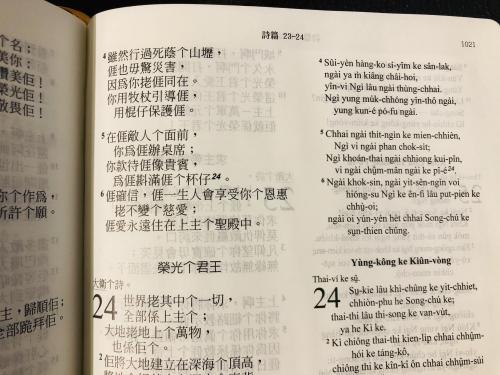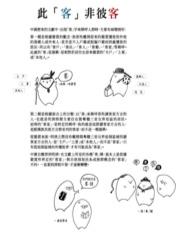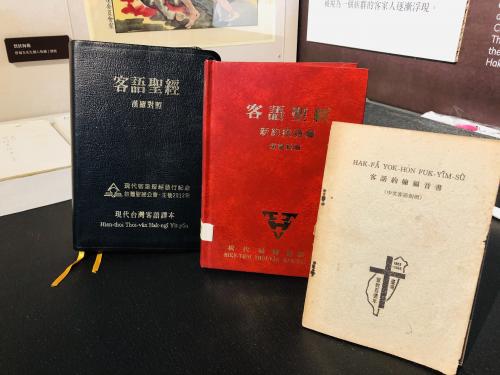全部藏品
探索84個藏品
此「客」即是「客」 The Word ‘Kè’ is Now ‘Hakka’
中央研究院民族學研究所博物館
十九世紀中葉後,西方傳教士按照廣府方言的發音,將這些說客家方言的人以羅馬拼音稱為「Hakka」Western missionaries after the mid-19th century referred to speakers of Hakka dialects as “the Hakka&qu
寬窄路圖 Missionary poster: "The Broad and Narrow Paths."
中央研究院民族學研究所博物館
從梅州、香港到沙巴,在客家教會中常常可以看到這張典故出自新約聖經《馬太福音》的寬窄路圖。它提醒教友們,在現實生活中要有所堅持,這樣才能得到救贖與永生。
太平天國五大主要領袖的銅像 Bronze statues at the entrance of the THK Jintian Uprising Museum, depicting key leaders of the Taiping Heavenly Kingdom
中央研究院民族學研究所博物館
位於中國廣西桂平市金田起義博物館前的太平天國領袖銅像:天王洪秀全、南王馮雲山、西王蕭朝貴、北王韋昌輝、東王楊秀清。
虔貞小學校信封 Official envelope from the Longheu Girls’ School
中央研究院民族學研究所博物館
人類學家的錢包互動小遊戲QA2腳本草稿
中央研究院民族學研究所博物館
人類學家的錢包互動小遊戲QA1腳本草稿
中央研究院民族學研究所博物館
人類學家的錢包互動小遊戲視覺設計-使用者提示
中央研究院民族學研究所博物館
《太平天國起義記》 THE TAIPING HEAVENLY KINGDOM UPRISING, written by Theodore Hamberg
中央研究院民族學研究所博物館
1854年韓山明依據洪仁玕的口述內容寫成Written by Theodore Hamberg in 1954 based on Hong Rengan's oral descriptions.
德華樓現址 The Dehua Building at Tschong-tshoun
中央研究院民族學研究所博物館
客語《頌主詩歌》 Hakka hymnal
中央研究院民族學研究所博物館
漢羅對照的客語聖經內頁2-3
中央研究院民族學研究所博物館
漢羅對照的客語聖經內頁1-3
中央研究院民族學研究所博物館
客家聖樂團 The Hakka Christian Choir
中央研究院民族學研究所博物館
傳教士黎力基晚年樣貌 Missionary Rudolf Lechler in his late years
中央研究院民族學研究所博物館
此「客」即是「客」 The Word ‘Kè’ is Now ‘Hakka’
中央研究院民族學研究所博物館
此「客」非彼「客」 The Word ‘Kè’ is Not ‘Hakka’
中央研究院民族學研究所博物館
以「客」為尊 The Respected Hakka
中央研究院民族學研究所博物館
此「客」非彼「客」 The Word ‘Kè’ is Not ‘Hakka’
中央研究院民族學研究所博物館
中國自魏晉到明清,文獻上所見的各種「客」稱,基本上是指籍貫不同的異鄉人、外來人 References to “Kè” in literature from the Wei and Jin Dynasties to the Ming and Qing Dynasties was an allus
當代客語聖經2-2
中央研究院民族學研究所博物館


